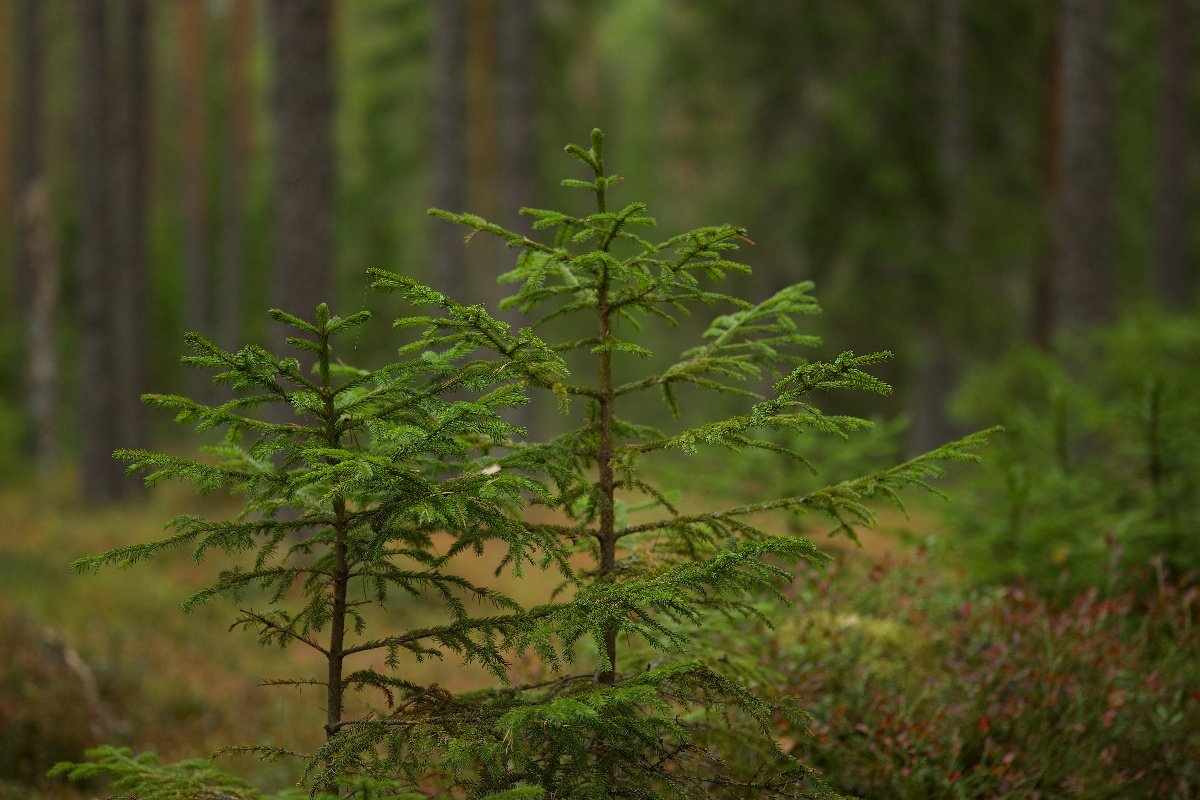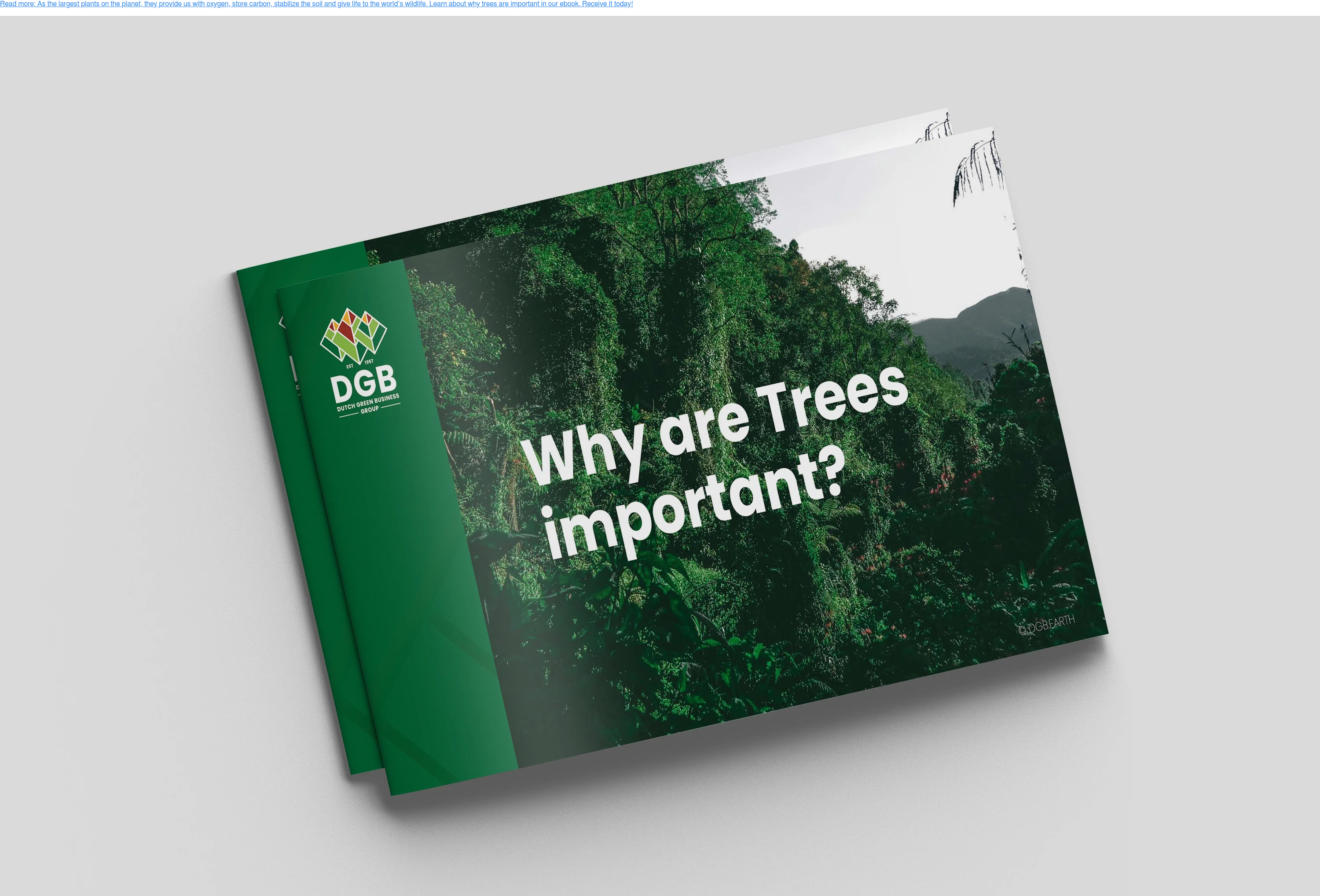Forests are an important part of the global carbon cycle because plants and trees absorb carbon dioxide through the mechanism of photosynthesis.

So, forests function as terrestrial carbon sinks and remove this greenhouse gas from the air.
Therefore, Planting billions of trees across the world is one of the biggest and cheapest ways of taking CO2 out of the atmosphere.
Reforestation
Reforestation is reestablishing trees and understory plants at a site previously occupied by forest cover.
Reforestation occurred in treeless areas, and a healthy and diverse rainforest now occupies the buffer around the canal and the Chagres watershed.
When changes in forms of human settlements and livelihood practices result in agricultural fields being abandoned, those areas can often naturally re-establish as forests, as natural succession processes occur.
Active forms of forest restoration or reforestation, where specific actions are taken to ensure or accelerate the re-establishment of forest cover in an area.

Reforestation to rectify the effects of deforestation
Reforestation can be utilised to rectify the effects of deforestation or improve the quality of people's life by removing pollution and dust from the air, rebuilding natural habitats and ecosystems, mitigating global warming since forests facilitate biosequestration of atmospheric carbon dioxide, and harvesting for resources.
Reforestation can be performed by nature, by humans or through a combination of the two. Reforestation can buy us time to cut our carbon emissions.
Planting new trees remain vital to reverse the current trends of rising greenhouse gas emissions from fossil fuel burning and forest destruction and bring them down to zero.
To tackle environmental crises and create natural carbon sequestration, we should aim to dedicate an extremely large percentage of the world’s land surface to ecological restoration, rewilding, and mass tree planting.
Additionally, the restoration of trees remains among the most effective strategies for climate change mitigation. there is enough suitable land to increase the world’s forest cover by one-third without affecting existing cities or agriculture.
However, the amount of suitable land area diminishes as global temperatures rise. Even if global warming is limited to 1.5 oc, the area available for forest restoration could be reduced by a fifth by 2050 because it would be too warm for some tropical forests.

Reforestation is key to many natural cycles
The reforestation of woodlands is key to many of Earth's natural cycles, such as the carbon and water cycles.
Replanting deforested land with quick-growing exotic tree species, such as eucalyptus or Australian acacia, can help solve immediate problems such as soil erosion and elevated carbon levels.
In areas where deforestation is severe, remaining patches of primary forests are often located at great distances from other surviving rainforests or reforested regions.
This makes survival and recolonisation of several animal species, as well as plant cross-pollination, difficult and can impede efforts to sustain actual rainforest ecology. the parcels of vegetative land can increase the chance of some species' short-term survival.
Therefore, conservationists seek to protect rainforest species by reforesting the corridors of trees that lie between rainforest parcels.
This gives plants and animals access to a bigger habitat and the chance to mix with other populations, which can increase their genetic diversity and help prevent extinction through isolation for most species.
Careful assessment of complex interactions between selected species of trees, already existing plant and microbial flora, soil properties, nutrients, further development of herbaceous and microbial communities, and the possibility of amendment and herbicide applications are essential for successful site restoration using trees.
Specific restoration practices range broadly and can be quite complicated due to diverse ecological issues, socio-political settings, and stakeholder objectives.
While reforestation can include the obvious action of tree planting, specific restoration actions can fall anywhere on a spectrum of intensity ranging from low-intensity actions , such as preventing fire or grazing disturbances, to high-input or high-intensity actions, such as soil amelioration, erosion control, weeding, herbicide application, among others.
Reforestation is gaining momentum on a global scale. Reforestation efforts are taking place around the world.
Forest restoration has become an area of increasing interest and activity in recent years, ranging from small-scale efforts by NGOs and communities to large-scale international commitments. several conservation groups are working to preserve, enlarge and connect the world's rainforests.
Reforestation of our world
A wide variety of opportunities for forest restoration exist around the world in both temperate and tropical regions.
The Amazon rainforest is the world’s largest rainforest and covers more than two million miles of land. It stretches across nine South American countries.
The Amazon rainforest is considered the world's green lung, which is important in regulating the world’s oxygen and carbon cycles.
It produces about 6% of the world’s oxygen and is a huge carbon sink. But when the forest is burned, and trees are logged, that carbon is released into the atmosphere at alarming rates.
So, the reforestation of the amazon rainforest needs several global efforts. Now, the world’s largest-ever tropical reforestation effort is Planting 73 Million Trees in the Brazilian Amazon, spreading from North-Western Brazil to the river basin of Xingo in the centre of the Country.









